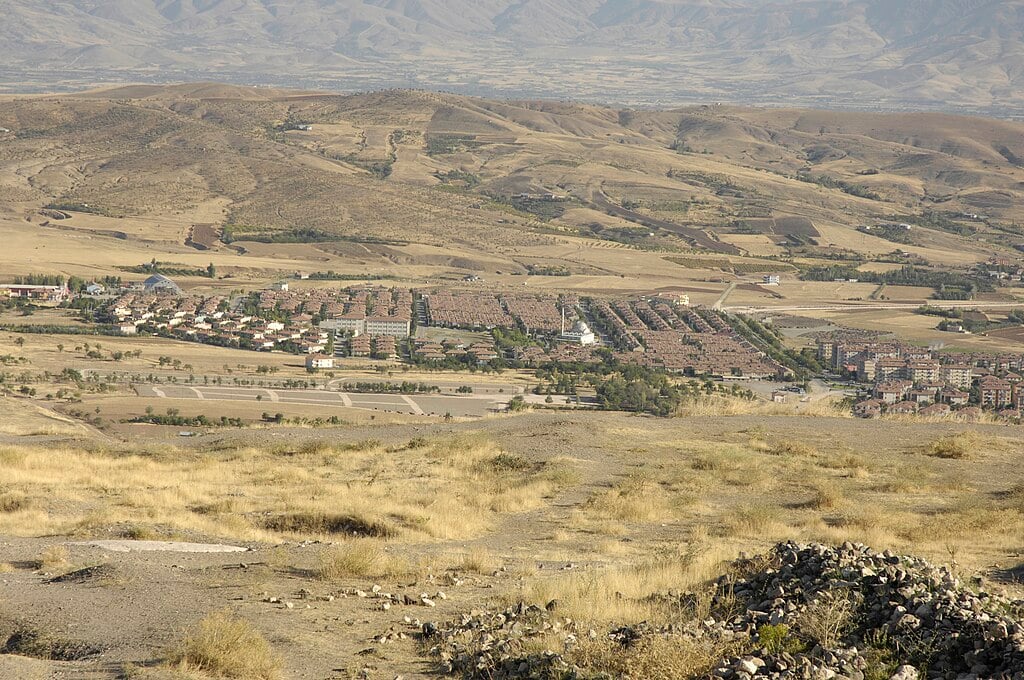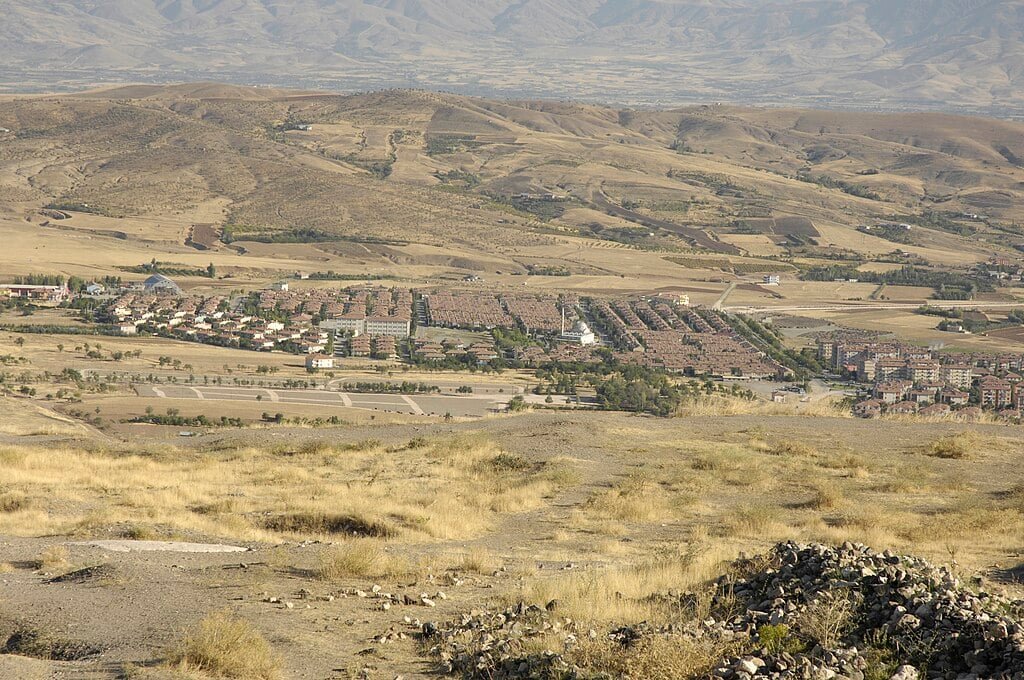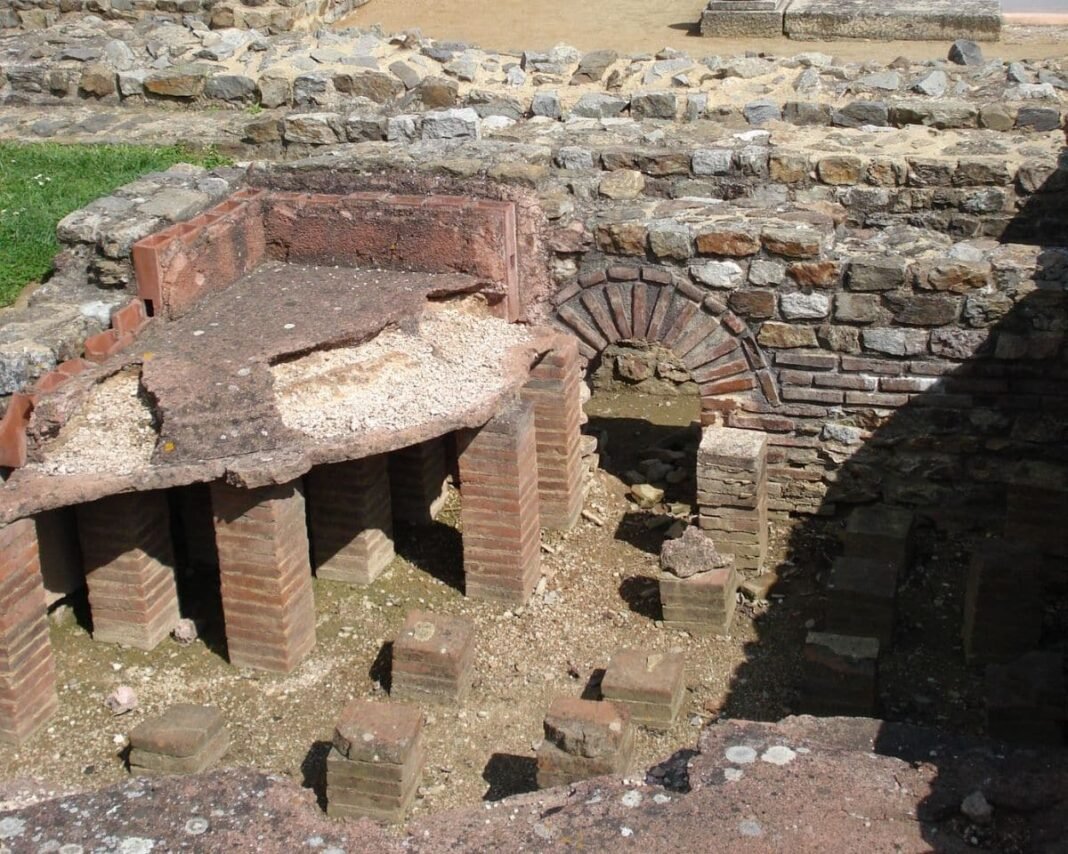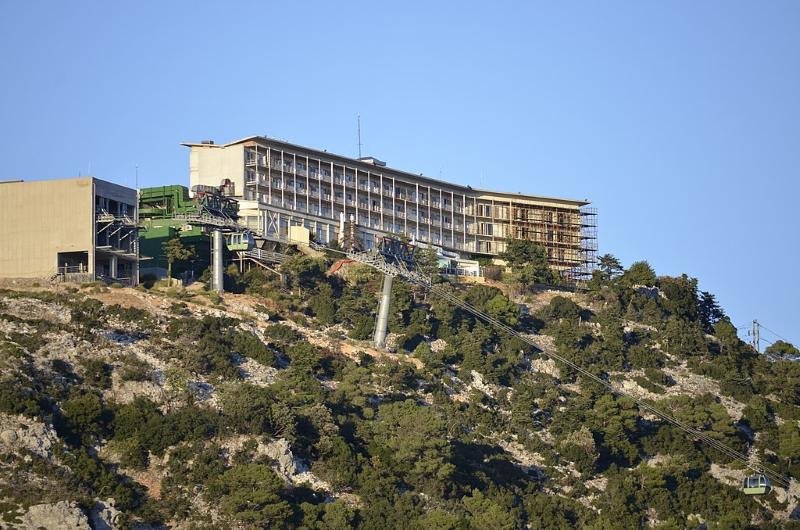
Archaeologists in eastern Turkey have uncovered a 1,700-year-old Roman bath featuring an underfloor heating system, adding a rare example of advanced Roman engineering to Anatolia’s archaeological record.
Discovery began with a farmer’s find
In 2023, a farmer in Salkaya village, Elazığ Province, stumbled upon a mosaic fragment while planting saplings. The unexpected find prompted the Ministry of Culture and Tourism to conduct a comprehensive excavation, which uncovered the remains of a Roman bath dating back to the 3rd century CE.
📍 Elazığ’daki 1700 yıllık roma hamamı gün yüzüne çıkarıldı.
2023 yılında Elazığ’ın Salkaya köyünde bir tarla sahibinin fidan dikmek için çukur açarken tesadüfen bulduğu ve kazı çalışmaları sonucu gün yüzüne çıkarılan Roma dönemi taban mozaiğinin yer aldığı bölgede, başka… pic.twitter.com/fQUV2WsKZ1
— arkeolojihaber ® (@arkeolojihaber) July 17, 2025
Radar survey revealed hidden structures
Archaeologists used ground-penetrating radar to survey the site. The scans revealed the caldarium, or hot bathing room, preserved with traces of Roman heating technology. Beneath the floor, rows of small brick pillars, known as suspensurae, supported the hypocaust — an underfloor heating system that Roman bathhouses made famous throughout the empire.
Advanced Roman engineering
Hot air from a wood-burning furnace circulated under the raised floor and into wall channels, heating both the ground and the walls. The design created the warm, humid environment essential for bathing.
😯Bin 700 yıllık Roma hamamında yerden ısıtmalı sistem ortaya çıktı
📌Hamamın “caldarium” bölümündeki sütuncuklar, hypocaust sistemiyle yerden ısıtmayı gösteriyor ve yapı, şehirde gün yüzüne çıkan ilk Roma hamamı olma özelliği taşıyor pic.twitter.com/JBMWPnUwRW
— GZT (@gztcom) August 23, 2025
“The small pillars we see here supported the hypocaust system,” said excavation leader Emre Çayır. “It is one of the defining features of Roman architecture and highlights the advanced engineering of the period.”
First Roman bathhouse in Elazığ Province
This is the first Roman bathhouse uncovered in Elazığ Province. Its scale and sophistication suggest the area was once a thriving settlement rather than a small rural village. Çayır said the mosaic and bath complex may have formed part of a town center, with additional structures likely to emerge in future excavation seasons.
Social and cultural importance
Roman baths were more than practical facilities. They served as gathering places where social, cultural, and political life unfolded. The Elazığ find highlights how Roman influence extended into eastern Anatolia, blending local traditions with imperial architecture.
Elazığ’da bir tarlada, alttan ısıtmalı, soğuk, ılık ve sıcak bölümleri, terleme odaları, havuzlar ile temiz ve atık su kanallarının yer aldığı Roma dönemine ait 1700 yıllık bir hamam bulundu. pic.twitter.com/PjmkD666eg
— Prof Dr Güner Sönmez (@DrGunerSonmez) July 15, 2025
Historians note that Roman bath culture drew on earlier Greek traditions. Public bathing and gathering spaces, first developed in Greek gymnasia and balaneia, provided a model that Rome expanded into larger, more complex complexes.
The hypocaust system stands out as one of Rome’s greatest contributions. While earlier civilizations experimented with heated floors, the Romans perfected the method and made it a standard feature of public baths and villas.
The innovation is regarded as a precursor to modern underfloor heating, and it continues to inspire modern-day sustainable architects.
Excavations and plans
Excavations continue under the supervision of the Elazığ Museum Directorate. Once conservation is complete, the bathhouse and its mosaics are expected to become a major cultural tourism attraction.
“Our efforts are focused on protecting this cultural heritage and transmitting it to the future,” Çayır said. “The bath, with its caldarium and hypocaust system, is a direct testimony to Roman daily life and architectural ingenuity.”
A link to the wider Roman world
The underfloor heating system at the Roman bath in Elazığ joins the long line of similar complexes across the empire — from Pompeii in Italy to Bath in England. Each site reveals how Romans lived, socialized, and developed technologies centuries ahead of their time.


